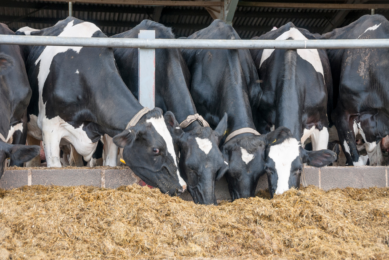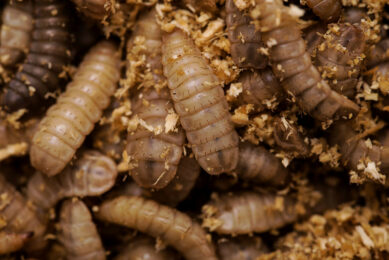EFSA: Impact of folic acid in animal feed on people & the environment
The Europen Food Safety Authority (EFSA) Panel on Additives and Products or Substances used in Animal Feed (FEEDAP) looked at the effect of folic acid in animal nutrition, feed or water, on the consumer and the enviroment.
Folic acid is a synthetic folate compound and is converted in animals to biologically active folates. These are essential for DNA synthesis, repair and methylation, in particular nucleotide biosynthesis and remethylation of homocysteine. Oral administration routes of folic acid via feed or water for drinking are considered bioequivalent. Folic acid is safe for the target animals and there is no need to define a maximum content in feed.
Population exposure to folic acid/folates in Europe is below the tolerable upper intake level (1 mg/adult/day and 200 μg/toddler/day). As folic acid supplementation of animal feedingstuffs is widespread and routine, exposure figures already contain the contribution from edible tissues and the products of animals fed folic acid-supplemented diets. Liver and milk folate is not influenced by dietary folic acid. The only variation to be expected is in the concentration of folates in eggs and meat. The potential exposure of adults and toddlers resulting from the consumption of eggs and meat from treated animals is, however, small and would be about 60 and 27 μg/person/day, respectively.
The FEEDAP Panel concluded that the use of folic acid in animal nutrition is not of concern for the safety of consumers. In the absence of any information, the FEEDAP Panel considers it prudent to treat folic acid as an irritant to skin, eyes and the respiratory tract and as a sensitiser. Folates occur widely in nature (in green vegetables and certain fruits, e.g. citrus).
Folic acid added to feed would be excreted as the physiological end-products of folate metabolism. The use of folic acid in animal nutrition does not pose a risk to the environment. Folic acid is regarded as an effective source of folate in animal nutrition.











